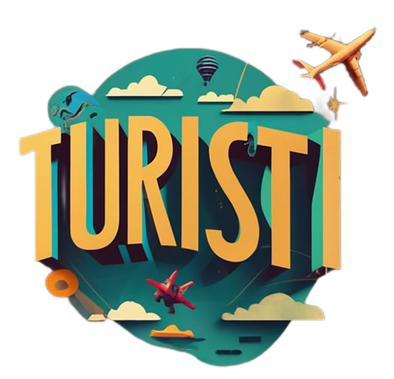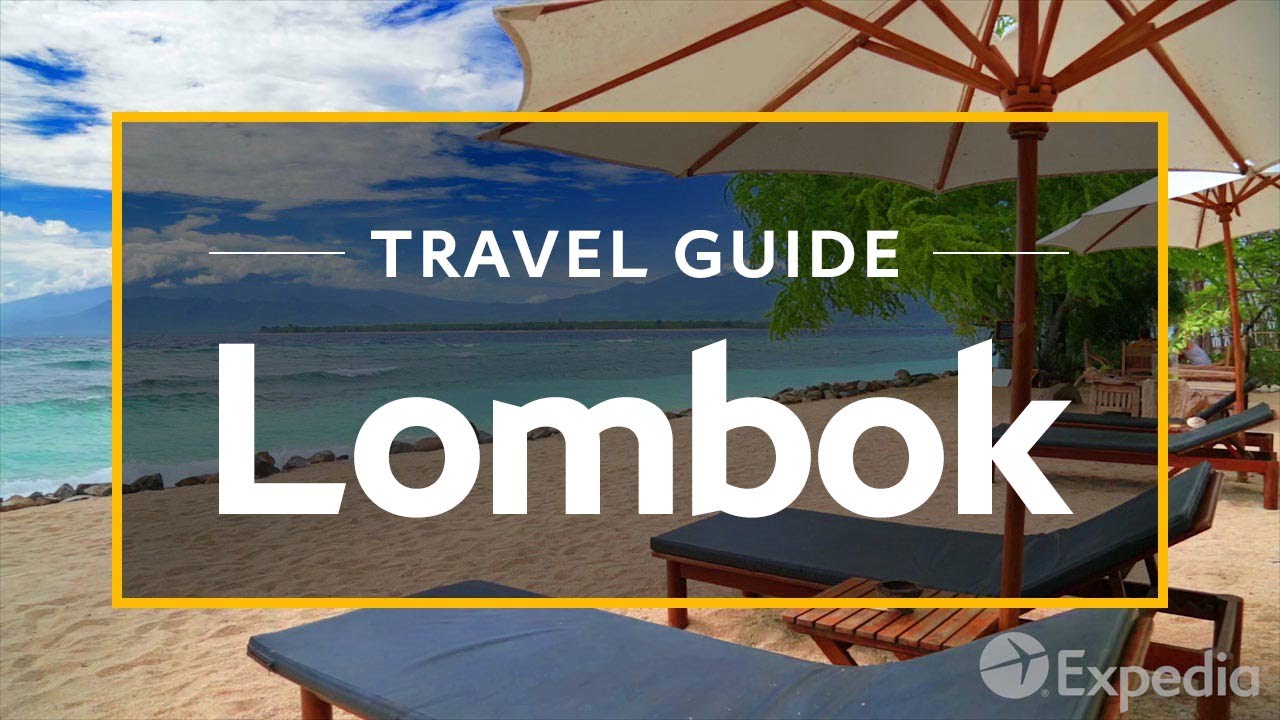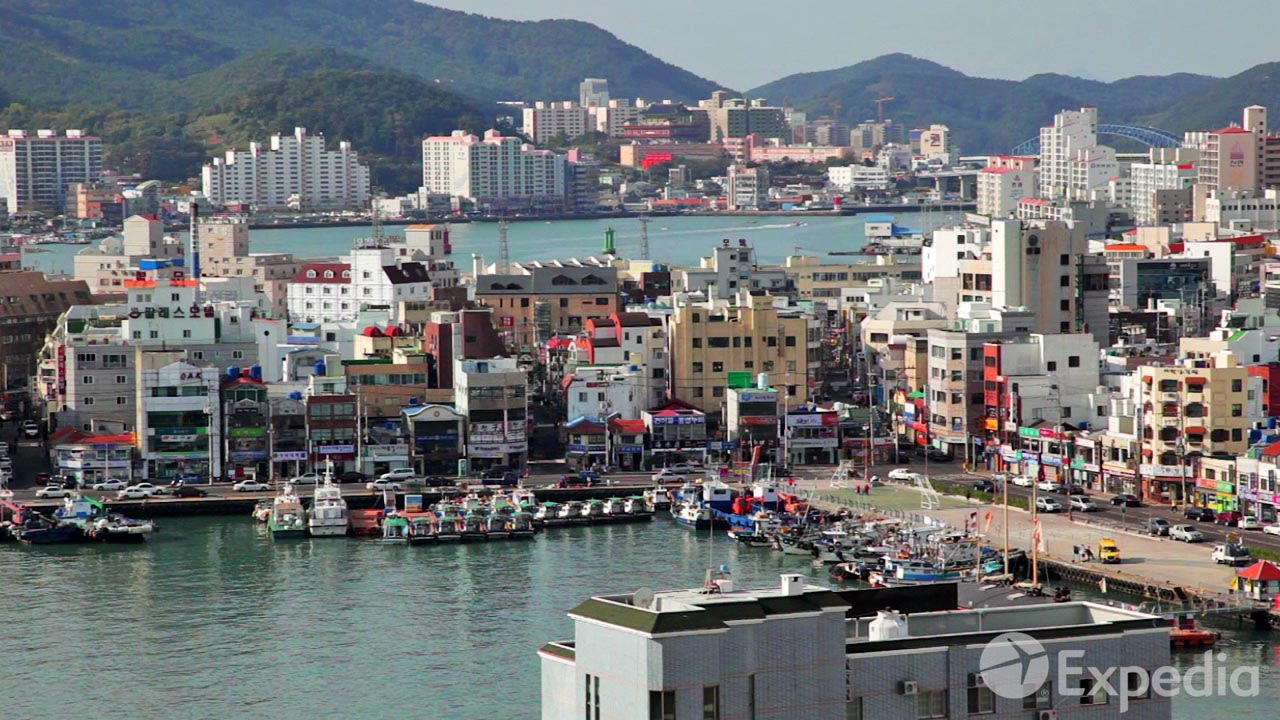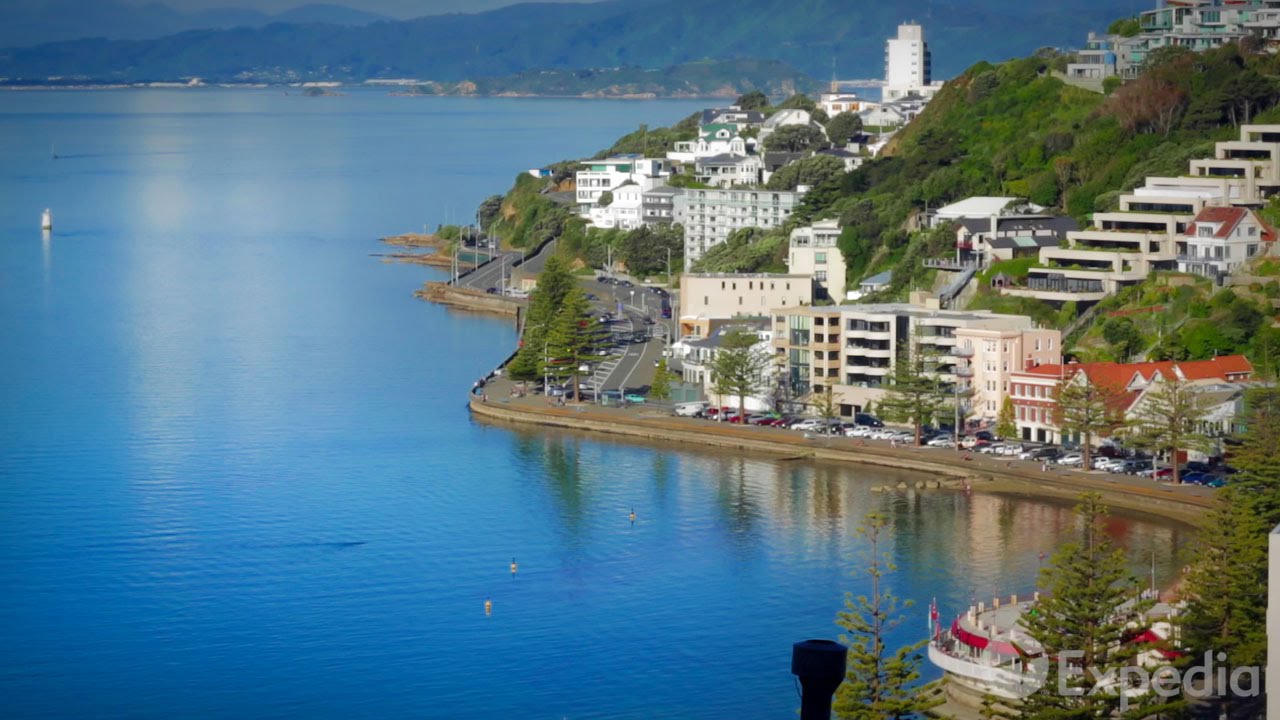Corsica (Corse) is an island in the Mediterranean Sea and one of the 18 regions of France. Corsica is the fourth-largest island in …
Welcome to Corsica! You’re watching World Travel Guide, and in this video you will learn why Corsica is called the “Island of Beauty”. Corsica is an island in the Mediterranean sea, and one of the 18 regions of France. It is the 4th largest island in the Mediterranean and lies southeast of the french mainland.
A single chain of mountains makes up two-thirds of the island. Corsica is a paradise for beach lovers, hikers and outdoor sports enthusiasts, and is visited by millions of tourists each year. The island also boasts some of Europe’s most inspiring rugged landscapes, and a
1000 kilometer shoreline with translucent waters, perfect for snorkeling or scuba diving. Ajaccio is the capital of Corsica and the island’s largest city. Its modern history is dominated by the figure of Napoleon, who was born in the city. Maison Bonaparte is the emperor’s family home and
Birthplace, now a museum dedicated to his life. Monuments, streets, squares, hotels, cafes and even the airport bear Napoleon’s name. Ajaccio wears its layers of history with a lightened touch, yet it is still rated as one of the most intriguing stops on the island.
This is evidenced in the narrow streets and the lovely varied architecture, particularly the fabled Cathedral. The city also has a beautiful harbor area, with numerous boats and yachts arriving from french ports, such as Marseille, Nice and Toulon. Ajaccio is also a city for sea lovers, and
There is a great selection of sandy beaches to choose from, including one right below the citadel. Sartene is found in southwest Corsica, a few kilometers into the mountains southeast of Propriano. The town has a long history of piracy, banditry and gangsters, now happily
Largely given to more peaceful occupations. Sartene prides itself on being the “most Corsican city”. This characteristic medieval hilltop town is listed as a “City of Art and History”, because of its exceptional heritage. Must-see tourist attractions include the Santa Maria
Assunta church, the town hall and the Museum of Corsican Prehistory and Archaeology. Around the church and town hall is an enchanting pedestrian area, with many secret corners to discover: Arcades, vaulted passageways and picturesque staircases. Every year in the spring, the town celebrates
The Carnaval de Sartene. This festival features parades, musical entertainment and masked balls. Bonifacio is a well-preserved fortified town, perched on a steep limestone cliff with stunning sea views. Brimming with old-world ambience, the town is a jumble of medieval lanes and narrow alleyways. Established in 833, Bonifacio’s rich history offers visitors
A fascinating and bustling base, from which to explore the south of Corsica. The citadel walls and ancient houses appear to rise seamlessly out of sheer cliffs, that have been hollowed and straited by the wind and waves. Beneath, an inlet about 100 meters wide, forms a
Natural harbor, home to a buzzing port. Only 12 kilometers from Sardinia, the town is distinctly more Italian than French and atmosphere, and even has its own dialect based on Ligurian Italian. With some of the best and most accessible beaches on Corsica, Porto Vecchio has become Corsica’s
Number one tourist region. Some of Corsica’s dreamy sandy beaches are around Porto Vecchio. These beaches are prized for their expansive sandy shorelines, gentle waves and unspoiled scenery. The most famous beach is the Palombaggia beach, renowned for its wide sandy shore and calm turquoise waters.
Another excellent sandy beach is the Santa Giulia beach. Both of these beaches are in sheltered bays, which provide a protected environment that is ideal for swimming. The old port town of Porto Vecchio is also worth visiting to see its impressive ancient citadel. In the 16th
Century, the Genoese built this impregnable citadel, with sturdy fortifications that remain intact. The internationally renowned GR 20 trail is a must for every hiker. Crossing Corsica from northwest to southeast, the GR 20 is 170 kilometers long, with an average altitude of between one 1000 and
2000 meters. Starting in Calenzana in the Balagne region, and finishing in Conca near Porto Vecchio, the GR 20 path follows the mountain ridge that cuts across Corsica, and attracts around 10 000 hiking enthusiasts every year. This legendary trail cuts through a diverse
Range of landscape, including forests, granite moonscapes, windswept craters, glacial lakes and snow-capped peaks. Possible from June to September, the hike requires a high level of fitness, the right equipment, a good head for heights and some climbing experience. In its entirety, it takes
Approximately two weeks to complete. Only one in three walkers complete the trail, but you can aim to do half if desired, thanks to the train station mid-trail, in the pine-hidden village of Vizzavona. A small town in the heart of Corsica, Corte was the capital of the island under the rule
Of Pasquale Paoli. As well as being an interesting town in itself, Corte is in a great location for exploring the mountains, valleys and scenery of central Corsica and the surrounding natural park. As you arrive in Corte, the first thing you will notice is the dramatic citadel,
Sitting on top of a rocky outcrop above the town. Don’t miss the viewing platform, which provides excellent views, not just of the citadel and the town, but also of the surrounding mountains, in which Corte is set. Corte has been classified as a Napoleonic
Town, as Napoleon spent various holidays here. The town is also home to the university of Corsica, and approximately 30% of the population are students at the university. Piana is a pretty village, overlooking the fabulous Calanques of Piana, one of the most beautiful parts
Of Corsica. The village is about 11 kilometers from Porto, and is considered to be one of the most beautiful villages of France, though in truth its appeal is in its fabulous location overlooking the Gulf of Porto, rather than the village itself. The main historic site is the baroque church of
The village, which has a tall square bell tower, and inside there are some frescoes and paintings by Paul Mathieu Novellini, in a style which is typically Corsican. All around the village, you can enjoy fabulous views of the surrounding mountains, and also sweeping views over the Gulf
The Scandola Natural Reserve is a World Heritage Site, to the southwest of Calvi. The reserve covers approximately 900 hectares of land and 1000 hectares of sea, and is an exceptional site, even among the many natural wonders that you will discover in Corsica.
There is no way to enter Scandola by car, and to enter by foot involves crossing very high mountains, so in practice the only way to enjoy the splendors of this coastline is by taking a boat. Trips leave from Calvi, and less frequently from nearby Porto. Strange rock formations emerge from
The crystal clear sea, and the coastline is peppered with jagged inlets and caves. The Scandola Reserve has a wide range of seabirds, including cormorants and giant gulls, that benefit from the protected environment. There are also established seal and dolphin colonies.
A busy port during the Roman era, Calvi takes its name from the Calvus – bald rock that would come to form the foundations of the citadel. Standing proud on its headland, any visitor to Calvi must visit the 13th century fortress, which has lost none of its fascination over the centuries,
And remains a remarkable example of architectural and cultural heritage. Within the walls, you’ll find cobbled passages tightly packed with houses, dominated by the Cathedrale Saint Jean Baptiste, which stands at the highest point of the citadel. The best way to see the rest
Of the citadel is to simply follow the ramparts, which offer some magnificent views across the bay to the mountains of La Balagne. Calvi is also reputedly the birthplace of Christopher Columbus, born during the Genoese occupation of the town. The remains of his house can still be seen today,
Commemorated by a plaque in the citadel, and statues scattered throughout the town. Perched like an eagle’s nest on a granite hilltop at almost 500 meters, the ancient walled town of Sant’Antonino offers superb views of the surrounding countryside and the sea.
In the lush Balagne region, Sant’Antonino is one of the oldest villages in Corsica, with a Moorish heritage dating back to the 9th century. Thanks to its old-world charm, Sant’Antonino has earned a place on France’s list of ‘Most Beautiful Villages’. Visitors will be delighted by the village’s medieval tangle of winding cobblestone streets, alleyways
And covered passageways. Much of the village is a warren of narrow lanes, steep pathways passing through vaulted passages, and ancient traditional houses, making Sant’Antonino a pleasure to explore. Bastia is a busy town with a population of 50 000, making it the second largest town
On Corsica. Bastia is the principal port of the island and its principal commercial town. As France’s second busiest passenger port after Calais, this dynamic city remains lively year-round, and offers a wonderful welcome to Corsica. While it may not have the relaxed charm of its long-term
Rival Ajaccio, and is home to fewer people, it’s much larger to stroll around and has the feel of a genuine lived-in city, that refuses to sell its soul just to please the tourists. Bastia’s historic core consists of two distinct neighborhoods: Terra Vecchia, surrounding the small
Original harbor, and Terra Nova, the high-walled citadel above. The hilltop fortress is actually very old, built from the 15th century onwards, as the stronghold of Bastia’s Genoese overlords. Often called an island within an island, the Cap Corse is a beautiful peninsula,
Whose history sets it apart from the rest of the island. 40 kilometers long and only 15 across, the rocky peninsula of Cap Corse gives access to some exceptionally beautiful and unspoiled stretches of coast. Villages perched on cliffs and secluded rocky inlets line the west,
And tiny fishing ports and sandy coves fringe the east. You can enjoy some coastal walks along the rugged northern coast of the peninsula. Also worth visiting is Nonza, a flower-garnished slate roofed village, which seems to have sprouted from its craggy foundations. A complete circuit of the
Cap Corse will take you about 4 hours, and we recommend that you always drive in a clockwise direction, so that you are always in the inside lane, since the road can be narrow and dangerous. The village of Centuri is situated to the northwest of Cap Corse,
And the Port de Centuri, a true highlight, is a few kilometers along a winding road to the west. The port is the largest fishing port on Cap Corse. As with several of the highlights around Corsica,
You need to drive a few kilometers away from the main route to reach Port de Centuri. It is very worthwhile, however, so allow yourself enough time. There is a large car park just before you reach the port, from where you can see the coastline and a small beach. The port is surrounded by
Simple two-story buildings, many painted in pastel colors, which adds to its charm, while numerous small fishing boats can be seen in the water. Just outside Centuri there is a small pebble beach, not perhaps the most exciting beach in Corsica, but very pleasant and with rocks to either side.
Traveling by train in Corsica is a thrilling experience. The island’s diminutive, bone-shaking train, operates along a principal line that crosses the mountains from Ajaxio to Bastia via Corte. It is a slower option of traveling around the island, but the scenery is amazing.
Visitors can obtain a timetable and more information from the local tourist office, or ask your Corsican places representative for details. Please note however, this service may be a little unreliable at times, and departures are not always guaranteed. Buses are Corsica’s principal form of public transport, but you will find that even in the
Summer season, routes between the larger town centers often only have departures once or twice a day, less frequently in more remote areas. Tourists would be advised to obtain an up-to-date timetable from the local tourist office. If you enjoy a challenge, you can discover the
Mountainous landscapes of Corsica by mountain bike or road bike. For experienced cyclists, this is superb cycling terrain. Bicycle hire is widespread, and at a reasonable cost. Picturesque cliffs, secluded beaches and rich culture, make Corsica a magnet for tourists. The
Best time to visit Corsica is from May to October, when the sea is warm and the weather is pleasant to stay out all day long. During this time, you can cycle through the mountains or hike the
Famous GR 20 route. September is a perfect time to enjoy beaches without crowds, food and other local products. In winter, lots of hotels and restaurants close their doors but there are plenty of things to do around the island, from skiing and surfing, to visiting authentic towns and collecting herbs.
Have you ever been to Corsica? Let us know in the comments! If you loved this video, hit the like button and subscribe! You should also take a look at hundreds of other travel guides on our channel.
source









